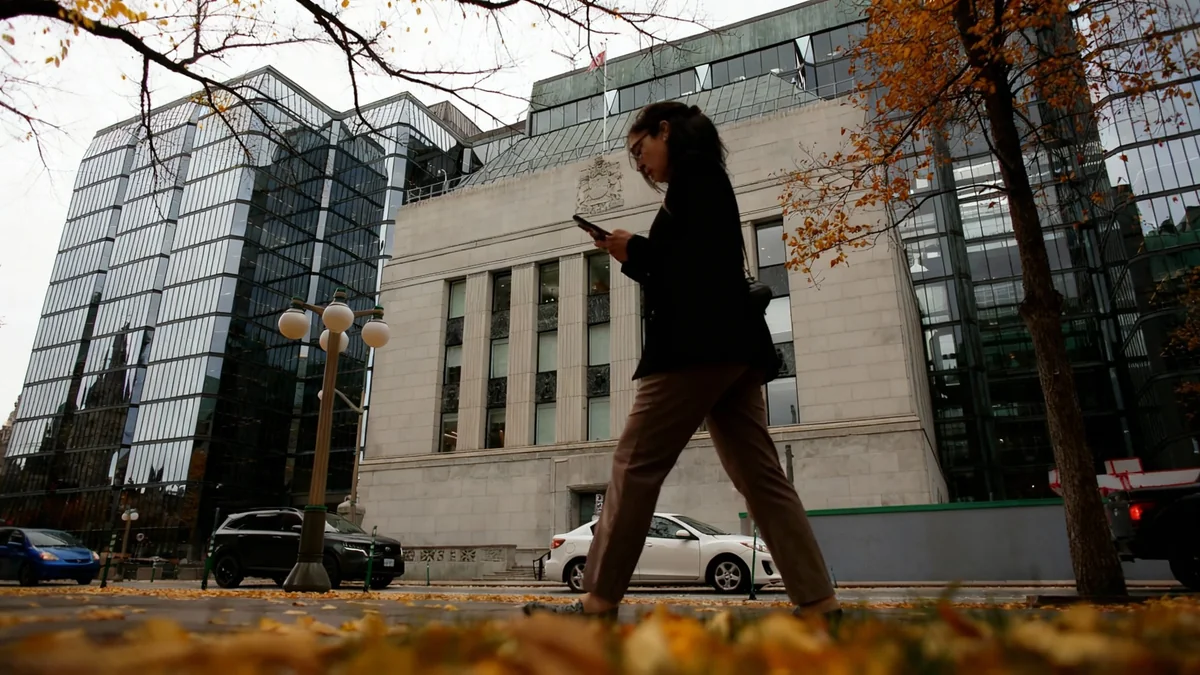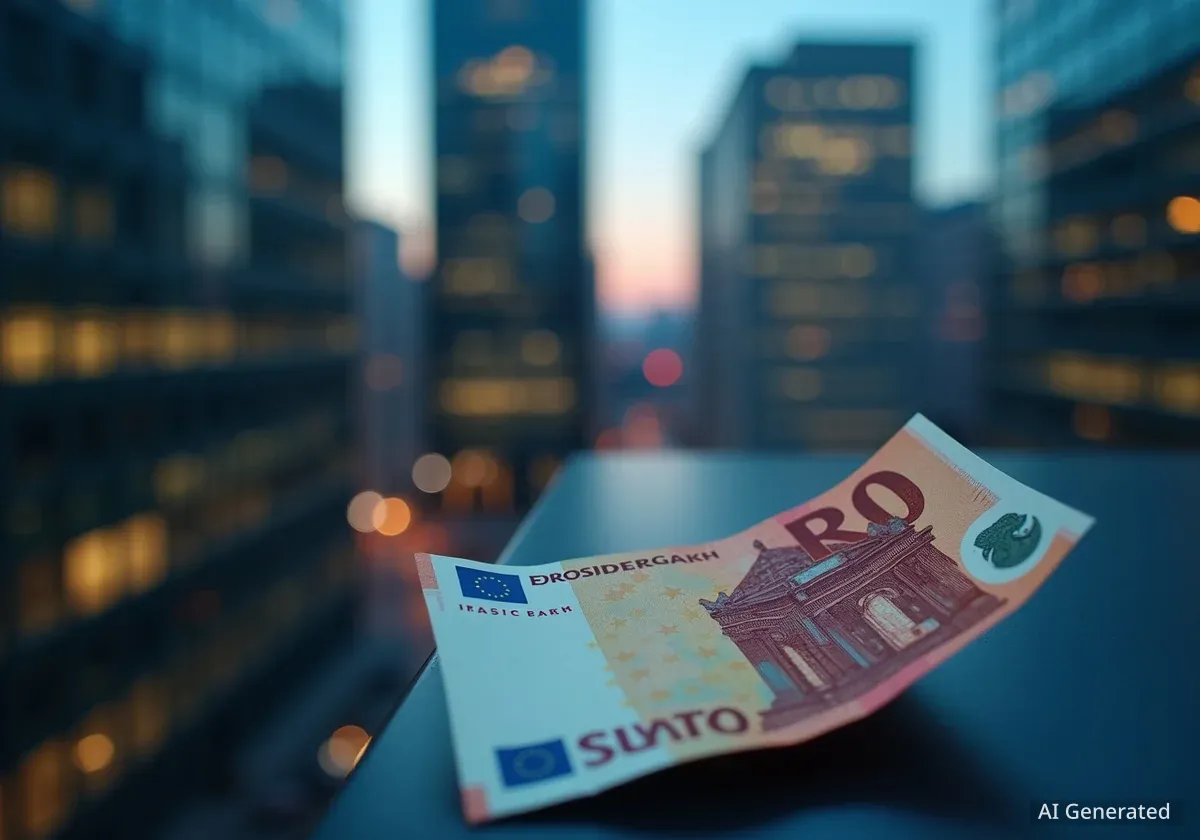Saudi Arabia and Oman are implementing significant economic reforms designed to attract foreign investment, diversify their economies, and enhance key sectors like tourism and finance. Recent policy changes in Saudi Arabia simplify banking for visitors and strengthen international partnerships, while Oman's stable credit rating and growing real estate market signal a resilient economic outlook.
Key Takeaways
- Saudi Arabia's central bank now allows visitors to open bank accounts using a "Visitor ID," aiming to improve the tourist experience and promote digital payments.
- Foreign direct investment (FDI) net inflows into Saudi Arabia increased by 14.5% year-on-year in the second quarter, reaching $6.1 billion.
- Oman's sovereign credit rating was affirmed at 'BBB-' with a stable outlook by S&P, citing successful financial reforms and economic resilience.
- The GCC tourism sector contributed $247.1 billion to the region's economy in 2024, a 32% increase from 2019, with Saudi Arabia leading the growth.
Saudi Arabia Eases Banking Rules to Support Tourism Growth
The Saudi Central Bank, known as SAMA, has updated its regulations to permit the use of a “Visitor ID” for opening bank accounts. This official document, issued by the Ministry of Interior, can be verified through approved digital platforms, streamlining financial access for tourists, business travelers, and pilgrims.
This initiative is a key component of Saudi Arabia’s Vision 2030, a comprehensive plan to reduce the country's reliance on oil and develop public service sectors such as tourism. By enabling visitors to open local bank accounts, the government aims to create a more seamless and digitally integrated experience.
Previously, visitors often faced difficulties accessing local digital payment systems and relied heavily on cash or international cards. The new rule allows them to use local mobile wallets and participate more easily in the Kingdom's increasingly digital economy.
In a public statement, SAMA noted that the decision is expected to open up new consumer segments for banks and significantly improve the visitor experience. The change is part of a regular policy review process to ensure regulations align with current market needs and support the nation's digital transformation goals.
Foreign Investment Flows into the Kingdom Rise
Saudi Arabia's efforts to attract international capital are showing positive results. According to the General Authority for Statistics (GASTAT), foreign direct investment (FDI) net inflows reached SR22.8 billion ($6.1 billion) in the second quarter of 2025. This represents a 14.5% increase compared to the same period in the previous year.
While the figure shows a slight 3.5% dip from the first quarter, the year-on-year growth highlights sustained investor interest in the Kingdom’s reform-driven economy. Total inflows for the quarter were approximately SR24.9 billion, while outflows decreased sharply by 74.5% year-on-year to SR2.1 billion, indicating that more foreign capital is being retained within the country.
GASTAT defines FDI as cross-border transactions where a foreign investor acquires at least 10% of the voting power in a Saudi company. The net inflow figure reflects the balance between capital entering and leaving the country.
These figures underscore the progress of Vision 2030 initiatives, which include opening sectors like renewable energy and technology to international investors. The Ministry of Investment continues to launch programs to position Saudi Arabia as a primary destination for regional capital.
Oman's Economic Stability Affirmed by S&P
In a sign of confidence in its economic management, Oman's long-term sovereign credit rating was affirmed at “BBB-” with a stable outlook by S&P Global Ratings. The agency highlighted the government's commitment to financial reforms and its capacity to maintain economic stability despite fluctuations in oil prices.
The report from S&P pointed to several key reforms strengthening Oman's economy, including the restructuring of state-owned enterprises, efforts to diversify government revenue, and the creation of the Oman Future Fund to attract foreign investment.
Economic indicators support this positive assessment:
- Real estate transactions reached 2.124 billion rials ($5.5 billion) by the end of August, a 9.9% increase year-over-year.
- Credit extended by conventional commercial banks grew by 8% year-on-year at the end of July.
- Private sector deposits rose 4.1% to 17 billion rials ($44.2 billion).
S&P forecasts Oman’s real GDP growth will accelerate from 1.7% in 2024 to over 2% annually between 2025 and 2028, driven by the non-oil sector. The agency also projects public debt will decline from 36% of GDP in 2024 to 33% by 2028.
Strengthening International Partnerships
Saudi Arabia is also actively expanding its international economic ties. Recent discussions between Saudi Investment Minister Khalid Al-Falih and South Korea’s Minister for SMEs and Startups, Han Seong-suk, focused on enhancing cooperation in entrepreneurship and high-potential sectors.
“This Strategic Partnership Council affords new vistas in artificial intelligence, smart cities, culture, and innovation, whilst advancing diversification,” Al-Falih stated, inviting Korean businesses to invest in projects related to Vision 2030, Expo 2030, and the 2034 World Cup.
This collaboration is part of the broader Saudi-Korean Vision 2030 Committee. The partnership extends to various fields, including space technology, defense, and advanced manufacturing with companies like Hyundai and Samsung. According to officials, the number of investment licenses granted to Korean companies in Saudi Arabia has surged from just 65 in 2016 to 213 today.
Tourism Emerges as a Regional Economic Powerhouse
The tourism sector is becoming a major economic driver across the Gulf Cooperation Council (GCC). In 2024, the sector contributed $247.1 billion to the region's combined GDP, marking a nearly 32% increase compared to 2019 pre-pandemic levels, according to the GCC Statistical Center.
Intra-regional travel has rebounded strongly, with 19.3 million visitors traveling between GCC member states, a 52% increase over the same period. This segment now represents 26.7% of total tourism in the region.
GCC-Stat projects that tourism's contribution to the region's GDP could reach $371.2 billion by 2034, potentially creating 1.3 million new jobs. This growth supports related industries such as transportation, construction, and retail.
Saudi Arabia is at the forefront of this expansion. The Kingdom welcomed a record 30 million international visitors in 2024, an 8% increase from 2023. These visitors generated SR284 billion ($75.7 billion) in spending. The UN World Tourism Organization also noted that Saudi Arabia recorded the highest global increase in international tourist revenue in the first quarter of 2025 compared to 2019 levels, with arrivals up 102%.





